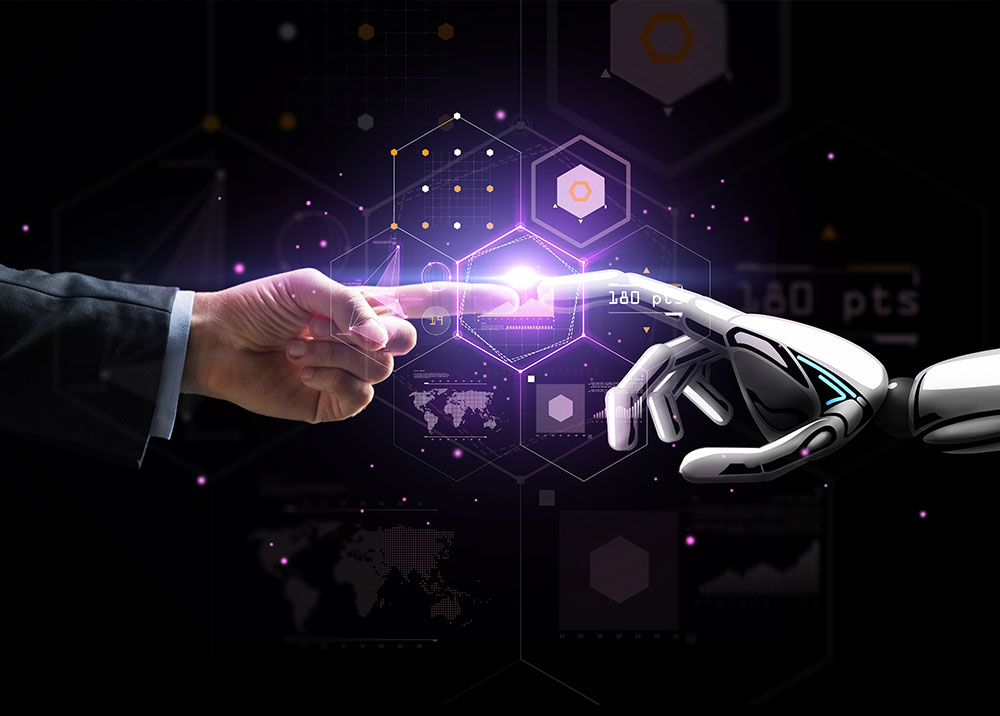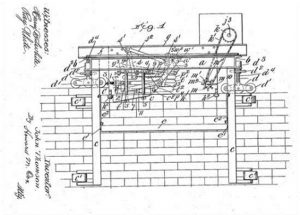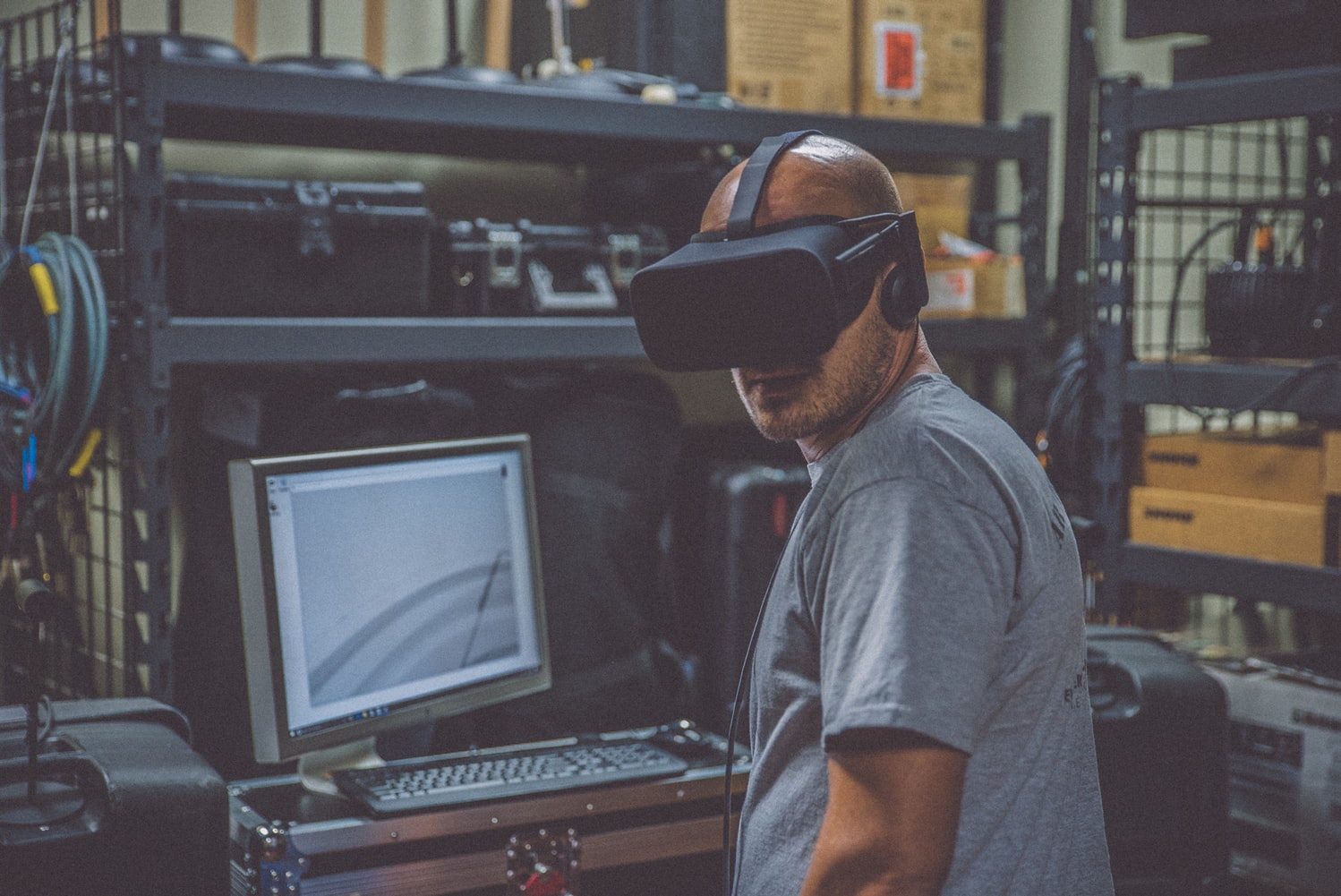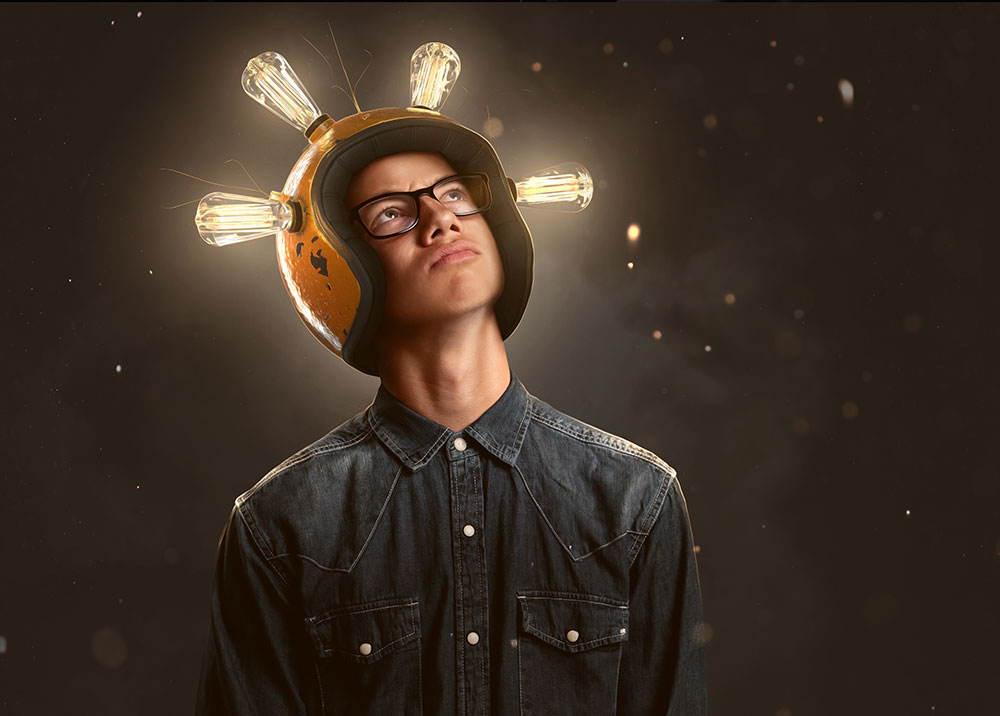
How long will it be before robots build everything?
Construction of the future
Short answer: long. Probably forever.
But progress in this area would be desirable. One of the big problems in the construction industry is the lack of productivity. There are studies showing that productivity in retail, agriculture, and manufacturing has increased by approximately 1,500 percent since 1945.
In the construction industry, this value has been just one percent for the past 20 years.
What is robotics and how it could impact the craft?
There is currently a lot of discussion about technological progress and digitization in the trades. It must never be forgotten that innovation is not an end in itself.
Productivity is the relationship between the work and resources used and the result achieved. If it has to be increased, that can mean two things: input up, or output or quality down.
The latter cannot be an option for successful craftsmen. However, in times of a shortage of skilled workers, increasing the workload is either not possible at all, or it is so expensive that it becomes uneconomical.
This is exactly the reason why people around the world are looking for ways to use robots not only in industry but also in trade. Robot technology works at the interfaces of computer science, electrical engineering, and mechanical engineering.
The aim is to control mechanical machines electronically in such a way that they can perform different tasks in a meaningful way.
When people talked about robots 20 years ago, that was mostly the stuff dreams are made of. Back then, we could hardly imagine a world in which fully automated machines would effectively perform tasks that previously only humans could do.
Today it looks different. For example, robots have been widespread in industrial manufacturing for years. But the development is also gradually finding its way into the trades.
There are already promising approaches in construction. Let’s take a closer look at two of them.
Exoskeletons
An exoskeleton, sometimes also called a robot suit, is, according to the definition of the German manufacturer Ottobock:
“…a support structure worn on the body that relieves the musculoskeletal system during specific activities. A distinction is made between passive and active exoskeletons. A passive exoskeleton does not require any energy supply and works purely mechanically. An active exoskeleton is equipped with sensors and motors and thus offers more power support, but is dependent on an external energy supply.”
At least an active exoskeleton comes pretty close to a robot. The suit makes lifted objects feel much lighter and sometimes even weightless. This improves performance and reduces injuries.
In practice, it looks like this: Since the beginning of 2020, Stuttgart Airport has been testing exoskeletons from the Augsburg-based company German Bionic, the only one in Europe to date. The first experiences in terms of productivity and workers’ health are positive, as can be seen in the video.

By loading the video, you agree to YouTube's privacy policy.
Learn more
The company is currently one of the world leaders in this field. The offer is fascinating, it goes far beyond the actual suit: With the help of the data cloud, German Bionic integrates the exoskeletons into an IoT (Internet of Things) structure.
The system includes digital management and maintenance, direct communication between the user and the exoskeleton (this is how the device learns), connection to company software, and the development of application-specific apps.
Exoskeletons are a fine example of what technical progress can bring to the craft. The digital in a broader sense is connected directly to the physical, i.e. the body of the wearer. Human intelligence and machine work as one.
As of today, the global market for exoskeletons is estimated at several billion euros by 2025.
The colleague who lays bricks 24 hours a day
In contrast to the exoskeleton, the second example is a real robot. Designed and built by Australian company Fastbrick Robotics, the Hadrian X can build the shell of a house in record time without human assistance.
In the words of the company, it took more than 12 years for Hadrian X to become an overnight success. In the meantime, the whole system is so advanced that worldwide distribution is being considered.
The premiere was in 2019. In just three days, the robot built a 180 m² house.

By loading the video, you agree to YouTube's privacy policy.
Learn more
Looks pretty spectacular, doesn’t it?
But the system is much more than just the robotic arm. The Hadrian X first creates a building model in 3D, calculates the material lists, cuts the specially developed stones if necessary, and connects everything with a special adhesive. According to Fastbrick, building a house is 70% more efficient than before.
This has also attracted the attention of the world’s largest manufacturer of clay building materials. The company Wienerberger has entered into a cooperation with Fastbrick in order, according to the spokesman for the management, “to make the construction process faster and safer overall and to compensate for the lack of skilled workers on the construction site“.

Also interesting in this example: The idea of automating bricklaying is anything but new. A patent for a mechanical bricklayer was granted in the USA 115 years ago (see construction drawing).
However, these and similar machines could not prevail. The main reason was that they were just mechanical devices. Mounted on rollers, they could build a straight wall. But not without human help. For example, he still had to remove the mortar or correct the position of individual stones.
Is that different now with Hadrian X? Absolutely, and that’s because digitization is now playing along. Software and sensors control the whole thing.
It might be faster than we all think
Only time will tell what important inventions such as the exoskeleton or the Hadrian X will actually play in practical crafts. The day when we will see construction sites manned by robots may still be a long way off.
And in all likelihood, humans will never be completely replaced. The autonomously driving truck does not make the driver unneeded, either. It is still needed for maneuvering in narrow inner-city streets or to service the vehicle and carry out small repairs. But if the highway only goes straight, the pilot can fill out shipping documents. Online, of course.
What these examples, with a little imagination, reveal is the exciting potential in what is yet to come. Like most important changes, the future of the building trade will happen in more or less small steps.
Exoskeletons and the Hadrian X are among them. And they are only possible because of digitization. And so this is also becoming more and more important in trade.
Related Articles
Recent posts
Categories
- Asset Management 25
- Craft 41
- Customer Relations (CRM 1
- Digitization 51
- Recruitment 1
- Uncategorized 25




